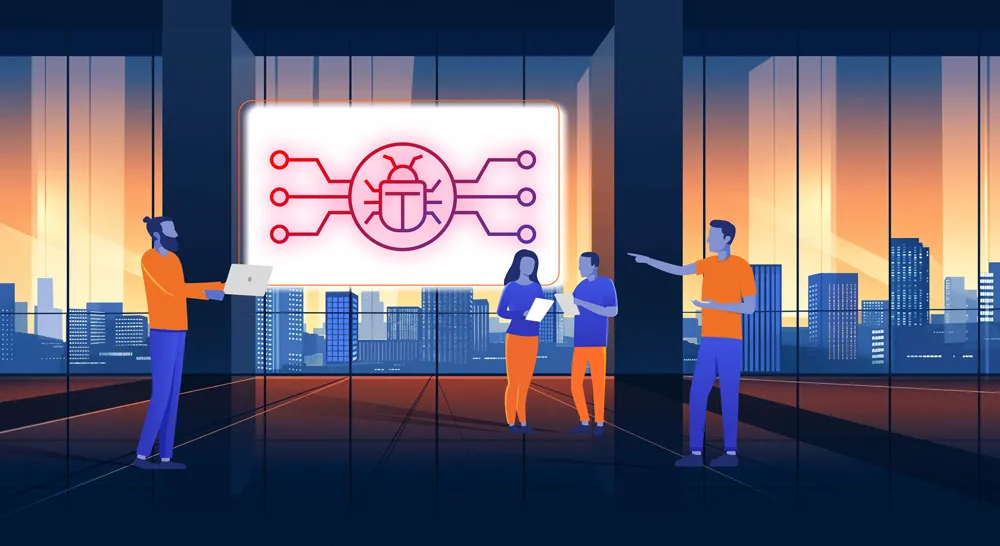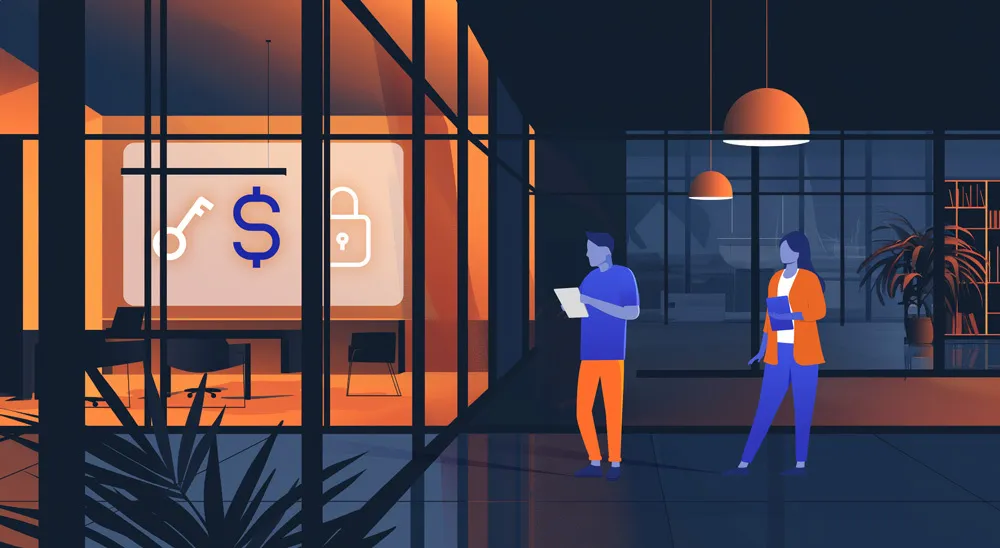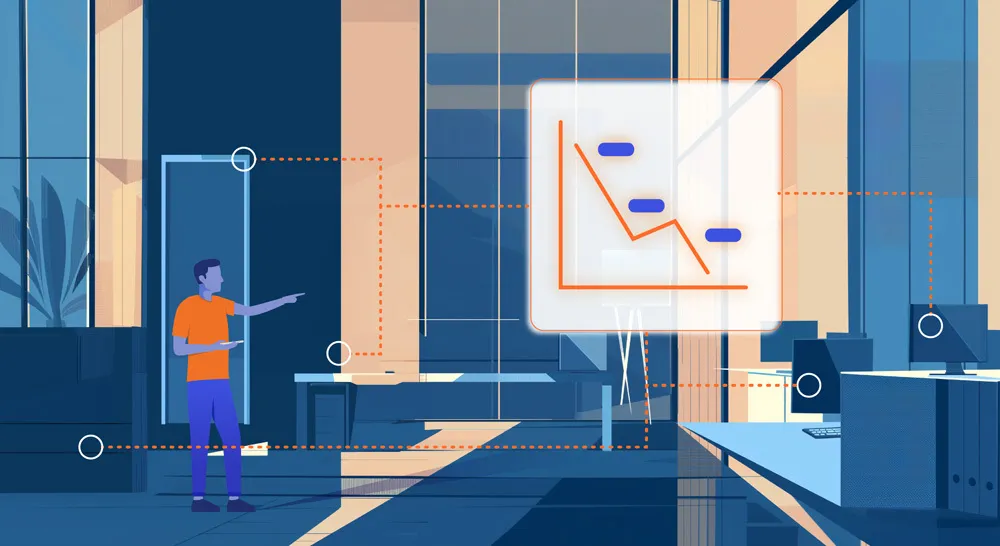
How to Protect Your Cloud Data from Evolving Threats
Ransomware in the cloud is no longer a rare event—it’s a growing threat that businesses can’t afford to ignore. Attackers are getting more creative, finding new ways to exploit vulnerabilities, encrypt critical data, and demand ransom. With more organizations shifting operations to the cloud, protecting your cloud environment should be a top priority.
Why Cloud Ransomware Protection Matters in 2025
Cloud ransomware attacks are hitting organizations harder and more frequently. In 2024 alone, cloud-based ransomware incidents surged by 40%, putting businesses on high alert. Cybercriminals are constantly evolving, exploiting misconfigurations, weak access controls, and zero-day vulnerabilities to infiltrate cloud infrastructures.
It’s not just about the ransom demand—these attacks can shut down operations, compromise sensitive data, and damage your company’s reputation. Plus, with increasing compliance regulations, the consequences of a breach go beyond financial loss.
How to Stay One Step Ahead of Cloud Ransomware
So how do you keep your cloud environment secure? It’s all about layered security, proactive defense, and fast recovery plans. Let’s break down the key best practices to keep your business protected.
1. Backup Like Your Business Depends on It (Because It Does)
The best way to bounce back from a ransomware attack? Have backups ready to go. But not just any backups—make sure they’re immutable, stored securely, and regularly tested so you can recover without paying a ransom.
- Follow the 3-2-1 rule (3 copies, 2 different storage types, 1 offsite).
- Automate backups to minimize human error.
- Use air-gapped or offline backups to keep them safe from attackers.
2. Lock Down Access with Multi-Factor Authentication (MFA)
If there’s one simple move that dramatically reduces risk, it’s enforcing MFA. Attackers rely on stolen credentials, and MFA throws a serious wrench in their plans.
- Require MFA for all cloud accounts—especially admin and privileged users.
- Use least privilege access to limit user permissions.
- Regularly audit and remove unnecessary accounts.
3. Keep a Constant Watch with AI-Powered Monitoring
You can’t stop what you don’t see. AI-driven threat detection spots unusual activity early, giving you a chance to shut down an attack before it spreads.
- Deploy cloud-native security tools for real-time monitoring.
- Use behavior analytics to flag suspicious activity.
- Invest in a Security Operations Center (SOC) or managed detection and response (MDR) service.
4. Stay on Top of Patches and Updates
Hackers love exploiting outdated systems. The fix? Patch everything, and do it fast.
- Automate updates for cloud applications and services.
- Prioritize zero-day patches to close vulnerabilities ASAP.
- Regularly scan for misconfigurations and outdated software.
5. Train Your Team—Because People Are the First Line of Defense
Let’s be real—employees are often the weakest link in security. Attackers know this and target them with phishing and social engineering tactics. That’s why ongoing security training is non-negotiable.
- Run simulated phishing attacks to test awareness.
- Teach employees how to spot suspicious emails and links.
- Create a clear reporting process for potential threats.
6. Encrypt Everything
If an attacker gets in, encryption is your last line of defense. Make sure your sensitive cloud data is encrypted at every stage.
- Use end-to-end encryption for data in transit and at rest.
- Regularly rotate encryption keys and store them securely.
- Leverage cloud-native encryption services for additional security.
7. Build a Zero Trust Cloud Security Model
In today’s world, trust nothing, verify everything is the smartest approach. Zero Trust architecture limits access to critical systems and makes it harder for ransomware to spread.
- Require verification for every access request.
- Use micro-segmentation to restrict lateral movement.
- Implement continuous authentication to monitor risky behavior.
What to Do If a Cloud Ransomware Attack Happens
Even with the best security measures, attacks can still happen. The key is having a clear incident response plan so you can act fast and minimize damage.
- Detect and Isolate – Spot the attack early, disconnect affected systems, and stop the spread.
- Assess the Damage – Identify compromised data and impacted services.
- Contain the Threat – Use network segmentation and EDR tools to lock attackers out.
- Restore from Backup – Ensure backups are clean and get systems back online.
- Notify Key Stakeholders – Inform leadership, legal, and compliance teams.
- Investigate & Improve – Conduct a forensic analysis to strengthen defenses.
Final Thoughts
Cloud ransomware is an evolving threat, but with the right strategies, you can protect your business and stay ahead of attackers. From strong backups and MFA to AI-driven monitoring and Zero Trust security, every layer of defense matters.
At CYPFER, we specialize in cloud ransomware prevention, incident response, and rapid recovery. If your organization needs expert guidance, we’re here to help—because cyber certainty isn’t optional, it’s essential.
Your Complete Cyber Security Partner:
Every Step, Every Threat.
At CYPFER, we don’t just protect your business—we become part of it.
As an extension of your team, our sole focus is on cyber security, ensuring your peace of mind. From incident response and ransomware recovery to digital forensics and cyber risk, we integrate seamlessly with your operations. We’re with you 24×7, ready to tackle threats head-on and prevent future ones.
Choose CYPFER, and experience unmatched dedication and expertise. Trust us to keep your business secure and resilient at every turn.

Get Cyber Certainty™ Today
We’re here to keep the heartbeat of your business running, safe from the threat of cyber attacks. Wherever and whatever your circumstances.
Contact CYPFER





